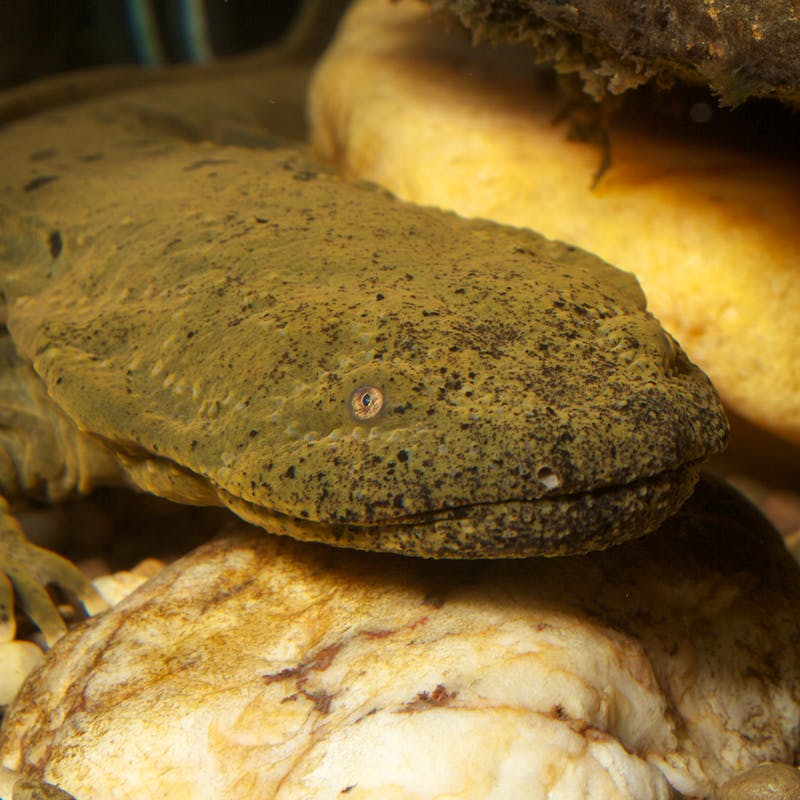I’ll admit it: I’m a little biased. When it comes to wildlife conservation, I’m like a lot of people: the big and charismatic mammals captivate me; bears, wolves, whales, bison. They’re the glossy photos on calendars and magazines and we follow their lives in documentaries and news articles. When a species is big and charismatic, we fall in love with it and we work to protect it. Sometimes, it’s the smaller and less noticed (though not less lovable) animals that need our help the most.
For the last two years, I’ve been working on a project as part of Emerging Wildlife Conservation Leaders (EWCL). EWCL is a training program for early-career conservation professionals. I was fortunate enough to be part of the 7th EWCL class and learned leadership, campaign, and problem-solving skills from some of the top professionals in the field. To put these skills into action, my class worked in small groups on four projects. My project? Saving amphibians.
Before EWCL, I didn’t know much about amphibians, and they certainly were not one of the big animals that I was so partial to. But working on this project, I learned that amphibians are the most endangered group of animals in world. A third of all amphibian species are at risk of going extinct in the near term, and their populations have been plummeting all over the world. This isn’t just bad news for amphibians, but for people and other wildlife. Amphibians are often considered an indicator species. Because amphibians are so sensitive to environmental changes, they are a good sign of the health of an ecosystem.
Despite this, amphibians don’t often get the attention they need or deserve. To save amphibians, we need to engage more people and motivate them to care. Without people restoring habitat, being conscientious consumers, or contacting elected officials, we can’t save wildlife. Time and again, people come together to save big, fuzzy animals. How can we motivate these same people to also save the small, slimy ones? That was the challenge before my EWCL team.
As we wrestled with this question, we realized that it wasn’t that people didn’t care about amphibians. Communities have helped amphibians get across roads, and some breweries have adopted amphibians as their mascot. Today is World Wetlands Day — established to raise awareness about the value of wetlands for humanity, the planet, and (of course) amphibians. Each year, people around the world are raising public awareness of wetland values and benefits — like being biologically diverse ecosystems, serving as buffers against storms and flooding, and filtering water.
But, as my team realized, many people just don’t know about amphibians and the threats they face. There wasn’t a central place where people could quickly learn about amphibians and how to help them. Enter the Amphibian Report Card (ARC). Working with researchers and advocates, we developed a way to rapidly assess how different amphibian species are doing and give them a letter grade. This provides people with a quick snap shot of the status of different species. The website also provides a summary of which threats are impacting the species most and actions or programs that can mitigate the threat.
ARC can help highlight the struggles amphibians face, but more importantly, we hope that it can connect people with concrete conservation actions they can take to help these small but important animals. While I will always care about grizzly bears and orcas, this project has made me really appreciate amphibians. When I hear a chorus of frogs now, I feel comforted. Knowing that frogs can survive means that there are other animals living there too. The louder and more diverse the frog calls, the healthier the ecosystem is. If we can save frogs and salamanders, we can save so much more.
Defenders is committed to saving wildlife large and small; furry, feathered and slimy. One of our signature efforts focuses on protecting and restoring habitat for North America’s largest salamander, the hellbender. Despite its impressive size, this fully aquatic species is difficult to spot, hiding under rocks in the clear, fast moving streams of much of the eastern US. Its populations are rapidly declining across its range due to degradation of its river habitat. The Southeastern Hellbender Conservation Initiative (SEHCI) is a multi-state partnership that works to provide financial and technical assistance to private landowners who are willing to adopt conservation practices that benefit hellbenders and their habitat.
By protecting and restoring wetlands, we can slow or reverse the extinction of these highly endangered and diverse animals. We all have a role to play in helping to protect amphibians and the water they depend on — just by watching what you put on your lawn, wash down the sink, or how much water you use. Find out more about amphibians in your area, and what threats they are facing, by visiting the Amphibian Report Card. On this World Wetlands Day, we’re celebrating all of the frogs, toads, newts, and salamanders that may be small and slimy, but are important members of wetland ecosystems.






